10 Corporate Travel Must-Haves for Frequent Flyers
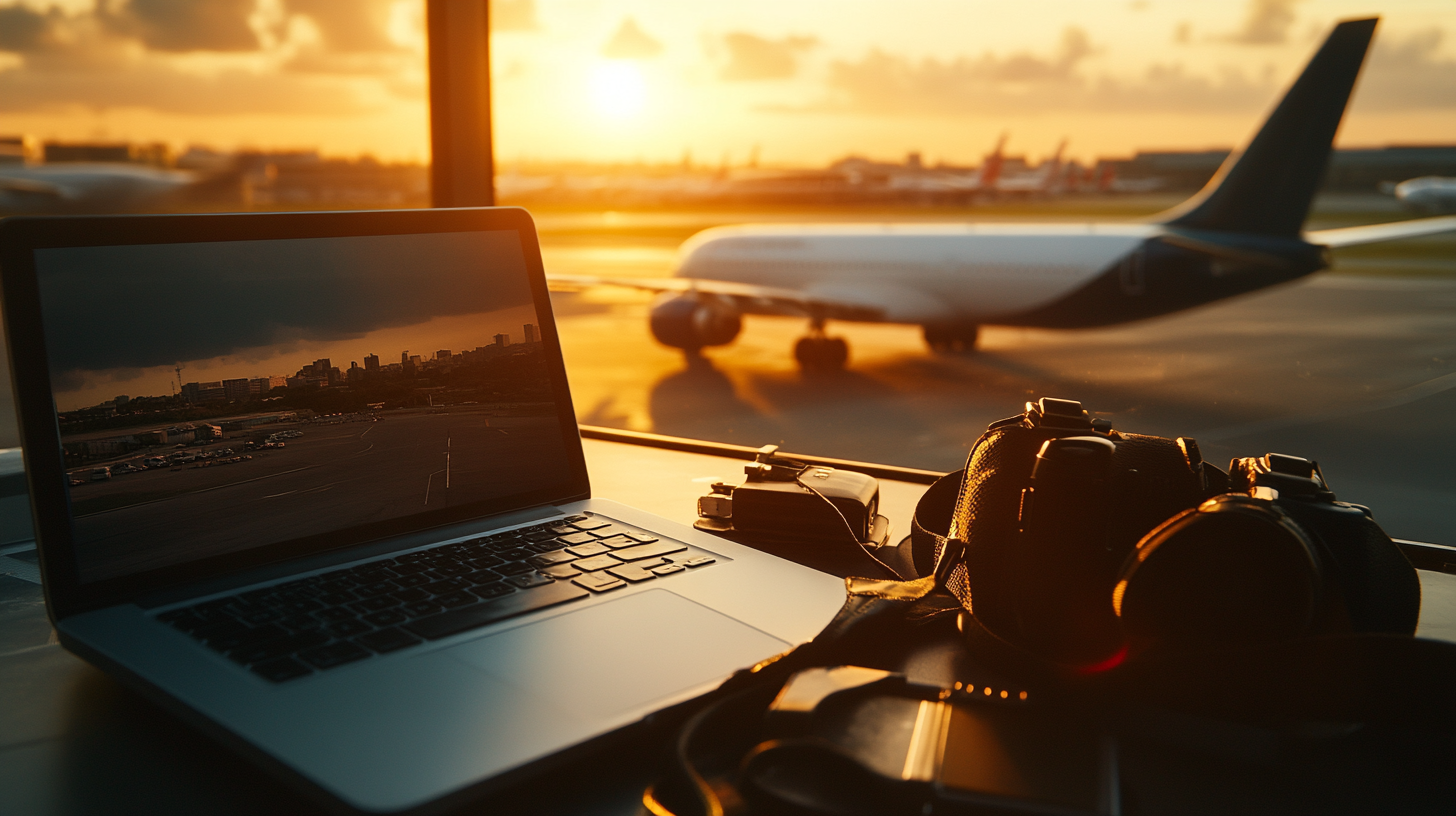
Business travel soared to nearly $1.5 trillion in 2024, according to data from the Global Business Travel Association, and the upward trend continues in 2025. I’ve seen more and more companies reinstating or expanding their travel budgets to match pre-2020 levels, highlighting the need for careful planning. Whether it’s last-minute conferences or extended multinational projects, I find that disciplined preparation is the key to success. Below, I’ve compiled my top corporate travel must-haves to keep your journeys efficient, comfortable, and stress-free.
1. Travel Light with a Trusty Carry-On
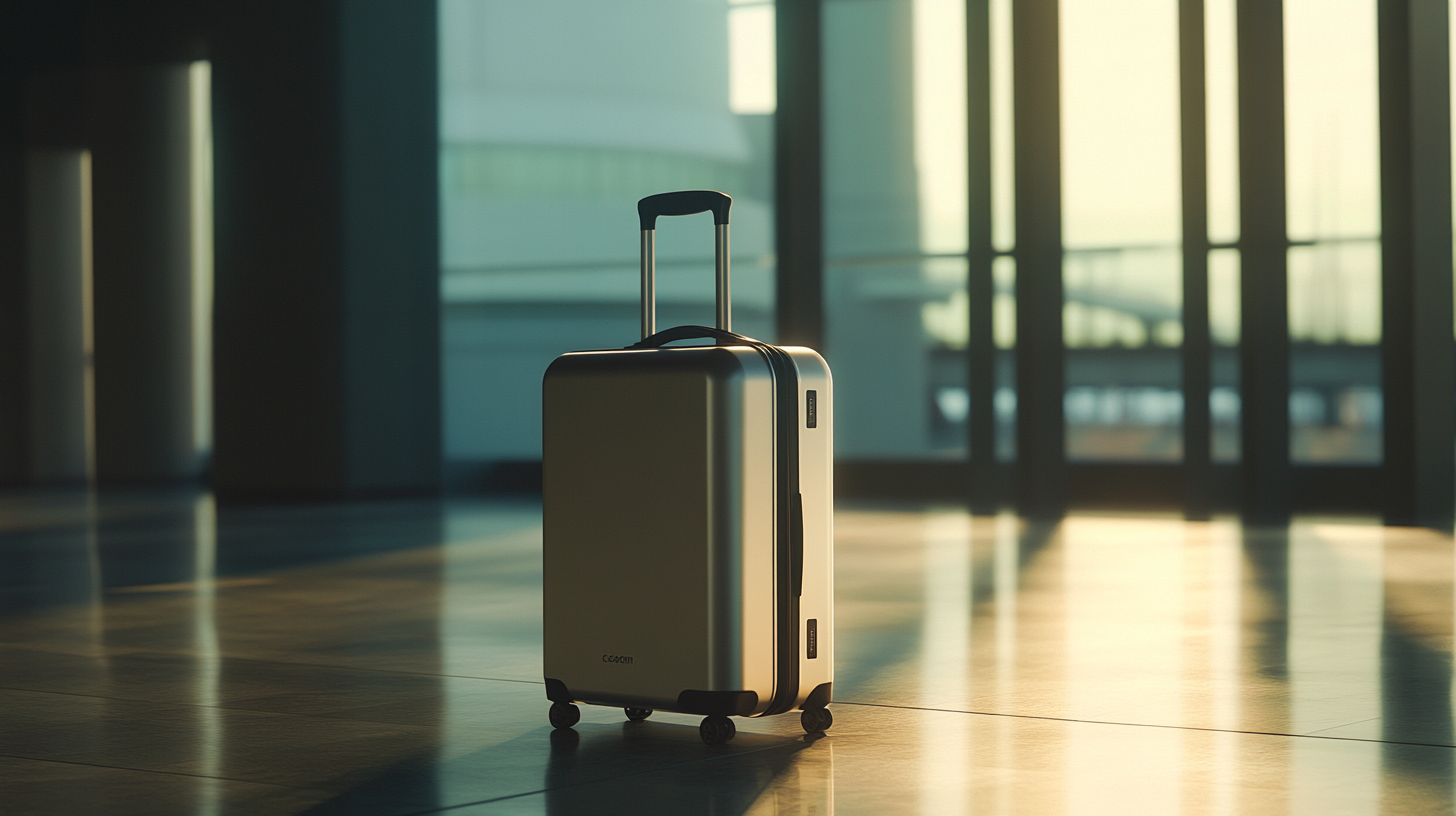
I’ve learned that traveling light can make or break a trip. By opting for carry-on only, I avoid baggage fees, skip the wait at luggage carousels, and sidestep the occasional hassle of lost bags. One simple packing trick I swear by is rolling clothes rather than folding them. This method not only saves space but also reduces wrinkles. Packing cubes are another lifesaver, keeping items organized and easy to find at a moment’s notice.
To further optimize your carry-on strategy, think about accessibility. Place essentials, like a toiletry kit or electronic devices, in a top compartment so they’re easy to retrieve during security checks. According to industry insights, travelers who pre-sort their belongings can cut down security wait times by up to 30%. Streamlining those small moments adds up, especially when tight schedules are a constant reality.
Even in my own travels, I’ve noticed that relying on one carry-on promotes a certain freedom: I’m forced to pack only what’s truly needed. This discipline not only trims baggage weight but also mentally prepares me to stay focused on business objectives instead of rummaging through an overstuffed suitcase. It’s a small shift in mindset that pays off in big ways.
2. Choose Quality Luggage and Organize Well

It’s easy to overlook luggage quality until a wheel snaps off while racing to the next gate. Investing in a durable suitcase is an investment in peace of mind. Hard-shell suitcases with reinforced corners can stand up to repeated tipping and overhead bin wrestling. A reliable zipper, sturdy handle, and smooth-rolling wheels also prevent minor issues from escalating into major travel headaches.
Inside, consider designated compartments or packing cubes for everything from clothing to tech gadgets. I like to keep a small pouch for cables, adapters, and chargers. That way, I’m never digging through piles of shirts to find a power cord. A recent study by a popular travel tech brand indicated that 85% of frequent travelers lose time each trip searching for misplaced items. An organized system drastically cuts down on this frustration.
Finally, don’t forget those smaller extras that smooth out daily inconveniences. I keep a compact first-aid kit, a mini lint roller, and a wrinkle-release spray close at hand. These may seem minor, but each has saved me more than once when time was tight and I needed to look polished for a sudden meeting.
3. Join Loyalty Programs for Perks
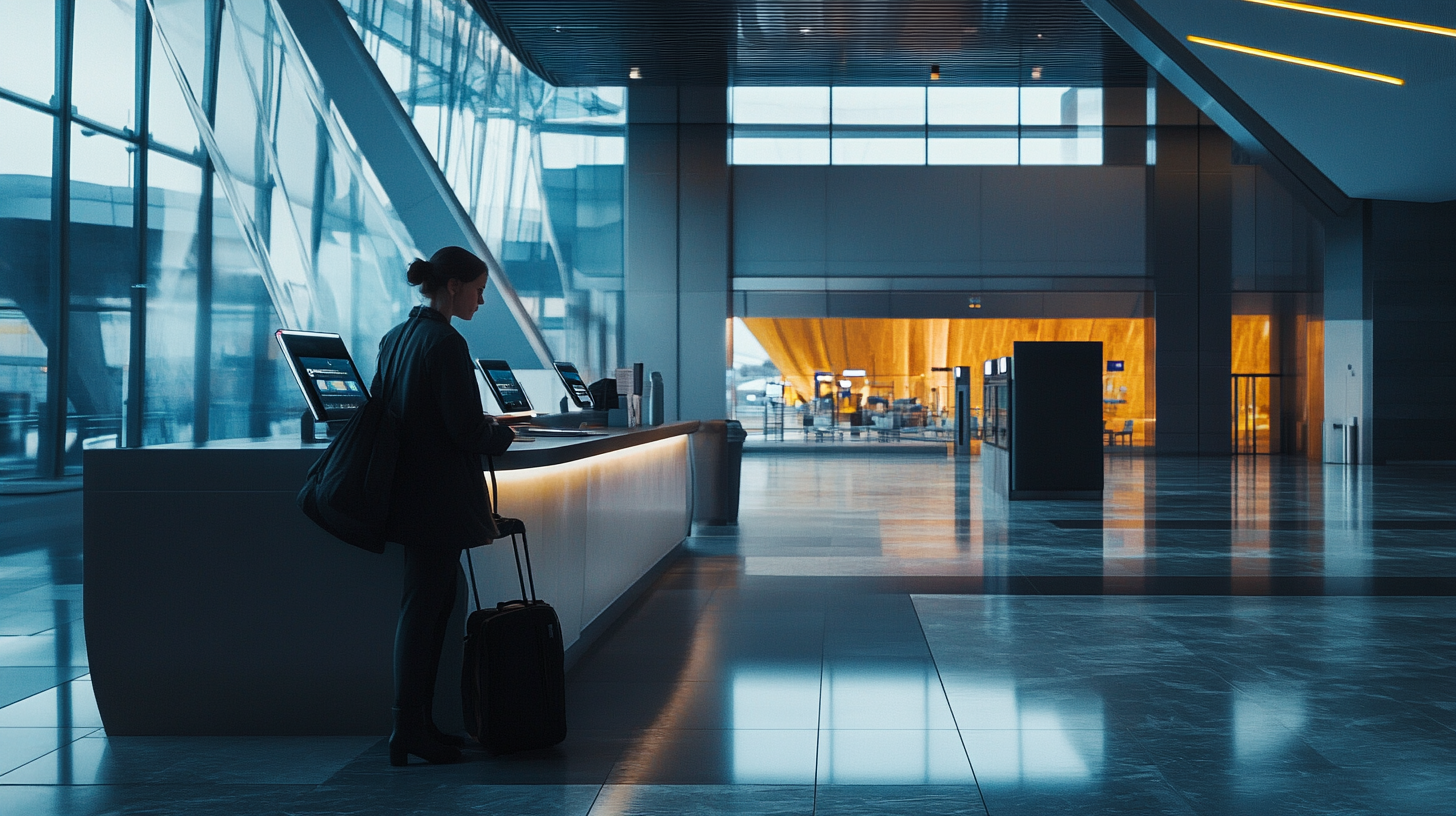
In my experience, airline and hotel loyalty memberships are invaluable, especially if you’re in the air several times a month. Beyond racking up points, you’ll often get perks like priority boarding, lounge access, or complimentary upgrades. According to industry data, travelers who sign up for at least one loyalty program save an average of 12% on airfare and lodging costs over a year of regular trips.
I’m also a big proponent of comparing different loyalty programs to see which offers the best synergy. For instance, if you’re loyal to a particular airline, you might also find that its hotel partners offer special rates or extra perks. Over time, these benefits stack up significantly.
Plus, many loyalty programs provide advanced booking options, making it easier to secure premium seats or prime room locations. These little touches can turn a stressful trip into something more reminiscent of home—even if you’re thousands of miles away.
4. Breeze Through Security

Connecting flights often bring nail-biting layovers, but programs like TSA PreCheck or Global Entry can be real game-changers. I remember one time I had an uncomfortably short connection in Chicago; having TSA PreCheck essentially saved my trip from near disaster. According to the TSA, these programs can cut security wait times by over half during peak travel periods.
Besides enrolling in trusted traveler programs, I can’t emphasize enough the importance of organization at checkpoints. Keep your ID or passport in an easy-to-access spot and ensure electronics are quickly removable if needed. Arrive early enough to handle unplanned hitches—like slower-than-expected lines or an extra luggage check. Preparedness can be the difference between smoothly making that meeting and missing it entirely.
Finally, consider the local security processes if you’re traveling internationally. Some countries have unique protocols, such as removing all electronics from cases or limiting the size of carry-on liquids. A quick review of official airport websites before departure goes a long way in avoiding confusion under pressure.
5. Use Travel Apps and Digital Tools

In the age of smartphones, travel apps have become my personal assistants on the go. I typically use dedicated apps for flight tracking, itinerary management, and even meal recommendations in unfamiliar cities. One 2024 industry report revealed that nearly 70% of frequent business travelers rely on at least three travel apps during each trip. The convenience and real-time updates often make them indispensable.
One tip I’ve found useful is to download new apps or offline maps before leaving home. There’s nothing worse than needing critical info and discovering you don’t have sufficient Wi-Fi or mobile data to grab it. I also rely heavily on digital expense trackers—snapping quick photos of receipts and uploading them to the cloud cuts down on manual data entry and gives me a clear overview of my spending.
For even more efficiency, some travelers create a separate “travel” folder on their smartphone’s home screen. Grouping all relevant apps in one place reduces friction and mental clutter, allowing you to spend less time hunting through pages of icons and more time simply enjoying or maximizing your trip.
6. Balance Work and Leisure

After attending back-to-back meetings, I’ve found that incorporating personal downtime can be revitalizing. In fact, a recent wellness study suggests that combining short leisure activities with business travel can reduce stress-related symptoms by nearly 40%. Even if it’s just a quick stroll around a neighborhood park or a brief visit to a local museum, the shift in scenery helps recharge your mind.
On more ambitious trips, I often plan an extra day for exploration, if my schedule permits. People sometimes label this “bleisure” travel—but I think of it simply as seizing the day. By incorporating these small pockets of fun, I return to the professional side of the trip feeling renewed and more alert.
For practical tips, I always pack one outfit suitable for casual outings, as well as earplugs or noise-canceling headphones for flights. Blocking out the hum of jet engines helps me relax—sometimes with a great audiobook or just a moment of quiet reflection between business commitments.
7. Prioritize Health and Comfort
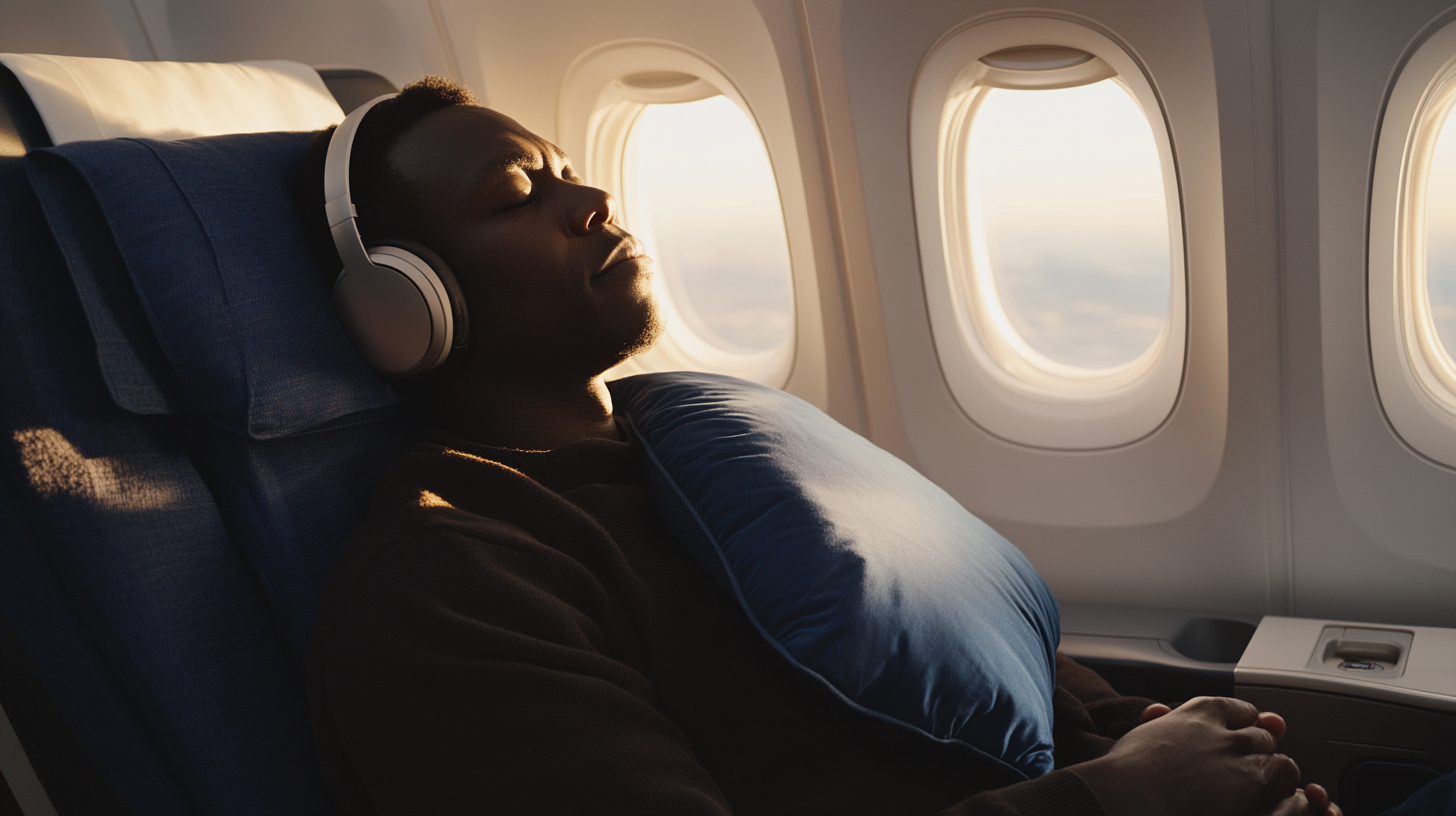
Rushing from one destination to another can take a toll on health. I’ve personally experienced those tense moments when poor nutrition and lack of rest start affecting my productivity. According to the Centers for Disease Control and Prevention (CDC), staying hydrated and taking short breaks during flights can counteract fatigue and reduce the risk of muscle strain.
I try to keep a small stash of healthy snacks—like dried fruit, nuts, or protein bars—to avoid depending solely on airport fast food. A collapsible water bottle is another must-have. Once I’m through security, I’ll fill it up. This simple habit not only keeps me hydrated but also helps the environment by cutting down on disposable plastic use.
Inspired by resources like Business Travel Life, I also incorporate brief workout routines whenever possible. A quick set of stretches in a hotel room or a short yoga session can work wonders for circulation and mental clarity. It’s amazing what 15 minutes of focused movement can do for overall energy levels.
8. Consider Insurance and Policies

One thing I used to overlook in my early traveling days was adequate insurance. Whether it’s lost luggage, a sudden flight cancellation, or a health emergency, having coverage offers a safety net. A survey from 2023 found that nearly 25% of business travelers encountered at least one travel disruption each year. Insurance is that extra layer of peace of mind.
I recommend thoroughly reviewing both your company’s policies and personal coverage. Keep digital copies of important documents, like itineraries and medical records, saved to a secure yet accessible platform. In a pinch, being able to quickly pull up proof of coverage or confirm policy details can save you hours of stress.
Finally, always read the fine print; some corporate policies might not include personal days or certain travel risks. Understanding your options empowers you to plan responsibly, ensuring you can focus on your main objectives rather than worry about surprises.
9. Keep Expenses in Check
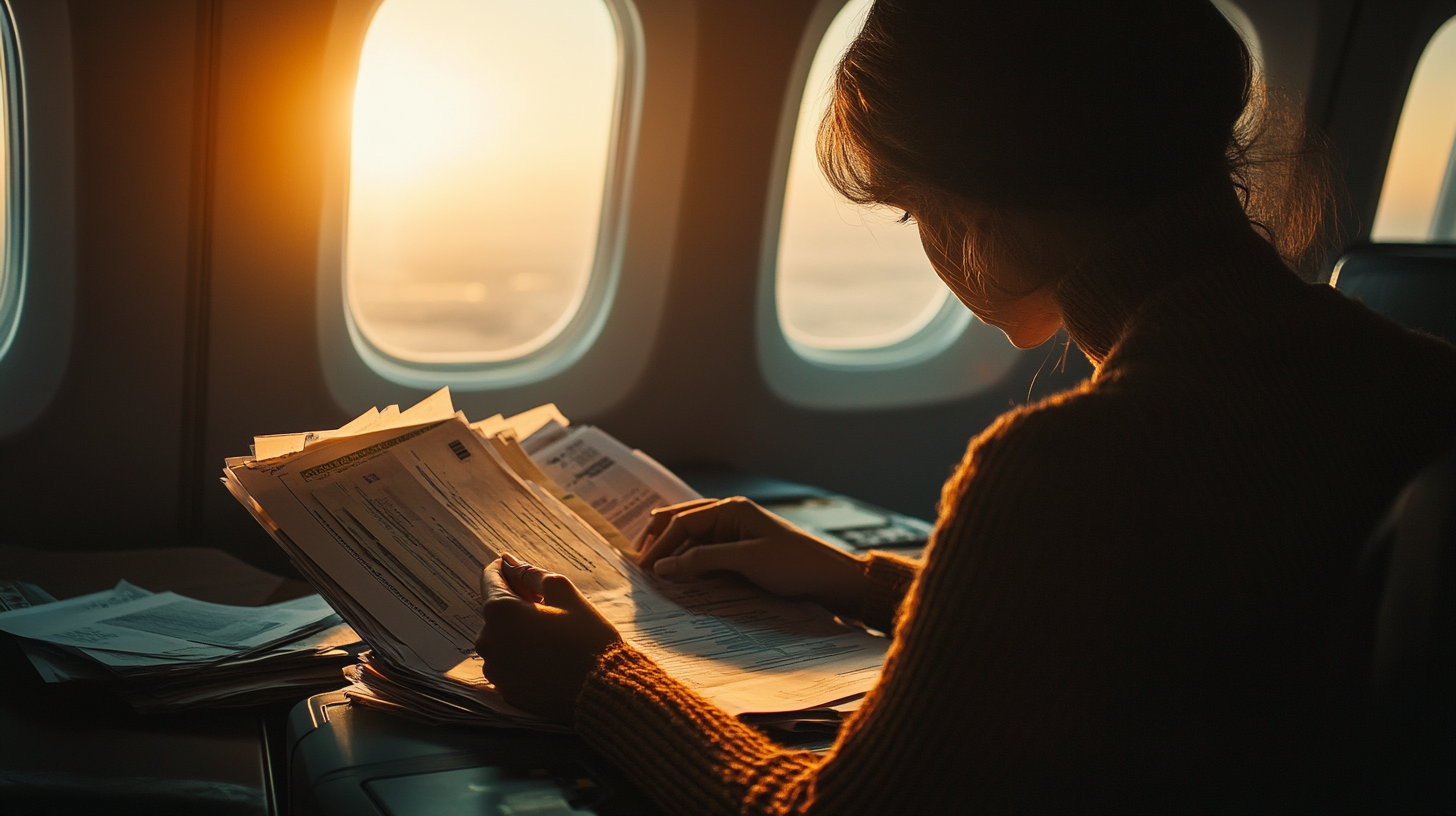
Staying within budget is one of the more challenging parts of business travel, particularly for frequent flyers juggling multiple trips. I’ve found success using transparent budgeting tools and mobile payment solutions. For instance, modern platforms like Brex for Zip streamline procurement and simplify payment approvals, preventing small expenses from slipping through the cracks.
Centralizing receipts and invoices is another strategy to keep everything straightforward. I use cloud-based folders so I can share expense details with my finance or admin teams in real time. According to a financial management report, companies that implement digital expense tracking can reduce processing costs by up to 50%, which quickly adds up quarter to quarter.
Sometimes, it’s as simple as setting clear expectations before the trip starts: know what expenses are deemed allowable, track them diligently, and follow up for reimbursements promptly. This level of diligence not only saves money—it also builds trust among stakeholders who see you as a responsible steward of company resources.
10. Leverage Expert Travel Management

Even the most seasoned travelers can use a helping hand, particularly when it comes to navigating complex itineraries or last-minute changes. Platforms like Velocity.travel offer a blend of lower rates and robust expense management, while agencies such as CIRE Travel step in to handle itinerary shifts and VIP-level requests. I’ve personally used dedicated agents when dealing with particularly tricky negotiations or time-sensitive group bookings.
Expert travel management also means you have an advocate on your side if things go awry. A flight delay might be rebooked proactively, or a hotel reservation can be secured at a special rate you wouldn’t have found on your own. The time I save by letting experts handle these details is often well worth any added cost—especially when I’m in the middle of a project deadline.
Beyond logistical support, professional travel managers may offer perks like immediate upgrades or discounted lounge access. By combining these services with your own loyalty programs, you can further stack benefits and ensure a smoother experience from departure to arrival.
Final Thoughts

Corporate travel no longer has to feel like a never-ending series of stress points—or at least that’s been my takeaway after multiple years on the road. By committing to the right gear, organization methods, and healthy habits, each journey can become a platform for productivity, personal growth, and cultural discovery. When I step onto a plane now, I’m prepared with efficient packing strategies, time-saving tools, and a mindset that takes both work and leisure into account.
We’re in an era where technology streamlines many traditional pain points, loyalty programs reward consistent travelers, and expert support is readily available. Embracing these resources and staying open to new approaches can truly elevate every trip, whether it’s a one-day hop for a meeting or a more extended international venture.
Amelia Yeaher’s Take
As someone deeply inspired by aviation’s past and future, I see these corporate travel strategies as more than just convenience—they’re a gateway to broader experiences. Judging from what I’ve observed in both established and emerging travel markets, the opportunities for seamless mobility are only expanding. Innovation in technology and sustainability is pushing the world of business travel toward more efficient and fulfilling journeys.
I hope my perspective reminds you that being intentional—from how we pack to the networks we build—can turn each trip into an exciting chapter in our personal and professional stories.
Seat5A is your doorway to new possibilities—let’s keep exploring together.






